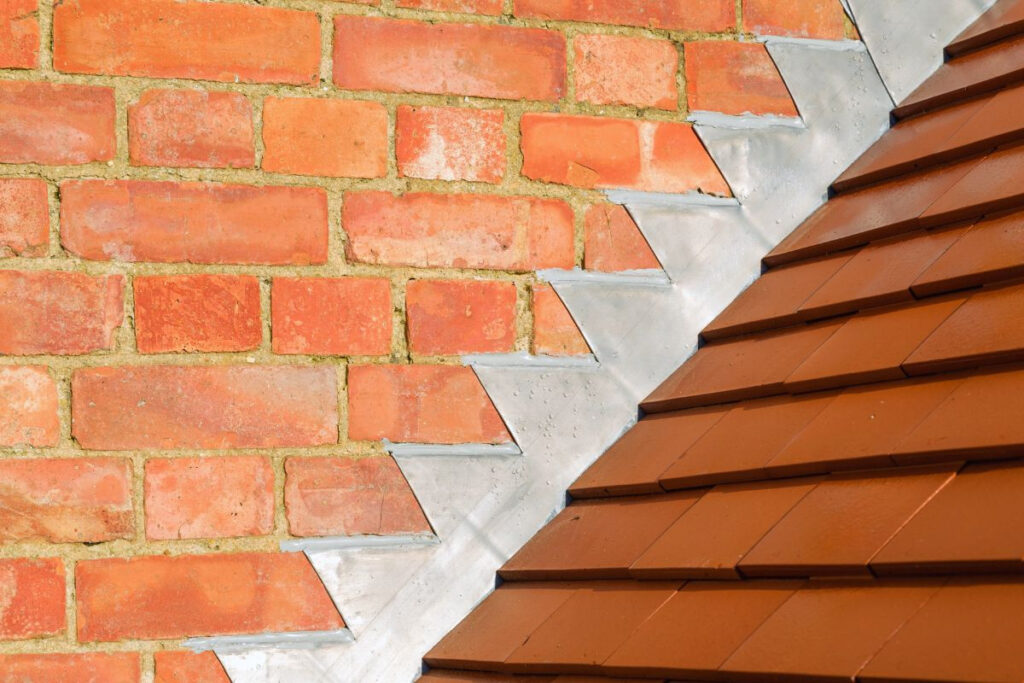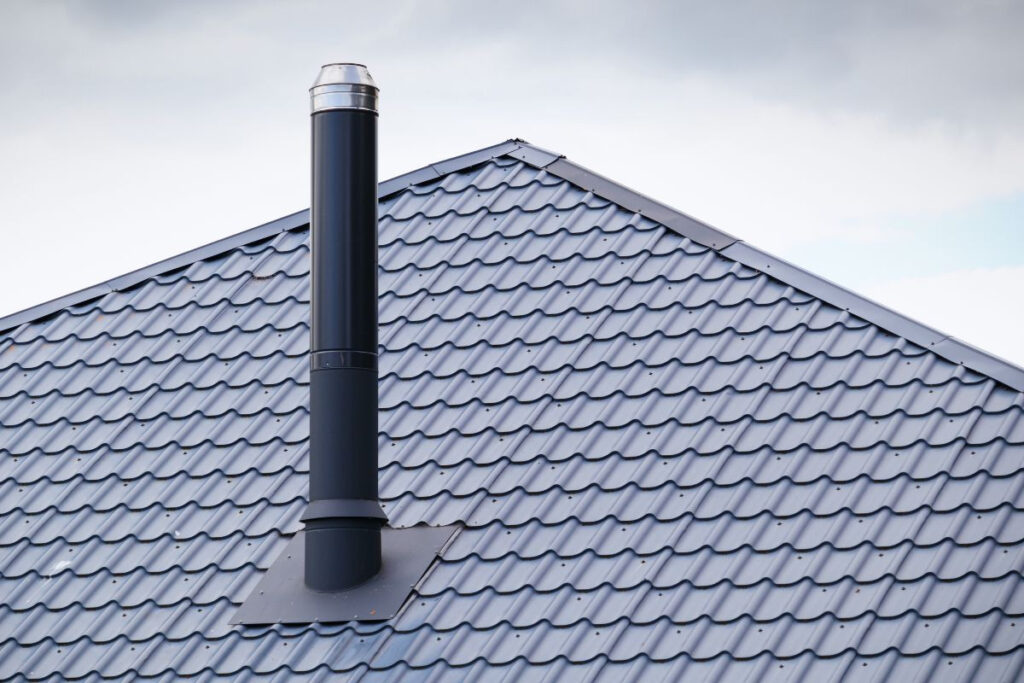When it comes to roofing, there are many components that work together to keep your home safe and dry. One of these important components is a roof reglet. But what is a reglet, and why is it so essential in roofing? In this article, we will break it down in simple terms to help you understand everything about roof reglets.
What Is a Reglet?

A reglet is a groove or channel that is cut into a wall or surface so flashing can fit securely. Flashing is a material used to prevent water from seeping into joints, cracks, or openings on a roof. Fitting the flashing to a reglet creates a water-tight seal that protects your home from leaks and water damage.
So, what is a reglet used for? Well, a reglet holds flashing in place, particularly in areas where the roof meets a wall, such as chimneys, parapets, or sidewalls. Properly installed flashing in a roof reglet ensures water flows away from these vulnerable areas, keeping your home dry and safe.
Why Is a Roof Reglet Important?
A roof reglet plays a key role in roofing systems. Without it, water can seep into areas where the roof meets a wall, causing leaks, mold, and structural damage. Here are a few reasons why reglet flashing is so important:
Prevents Water Damage:
A reglet counter flashing system prevents water from getting into the joints of the wall, stopping unnecessary and costly roof repairs.
Improves Longevity:
By helping the water flow down to the gutters from vulnerable areas, the reglet helps prevent water pooling, which ultimately extends the longevity of your roof.
Enhances Aesthetics:
A well-installed reglet allows flashing to sit flush with the wall or chimney, giving your roof a clean and polished look.
Cost-Effective Solution:
Due to its ability to protect your roof from water pooling, a reglet can save you money in the long run by avoiding major water damage repairs.
Where Is Reglet Flashing Used?
Here are some common places where you might find a reglet:
Chimneys:
Reglet flashing is used around the corners of chimneys to prevent the seeping of water and any leaks.
Parapet Walls:
Parapet walls are common on flat roofs. A roof reglet helps seal the area where the roof meets the wall.
Sidewalls:
Where the roof connects to a sidewall, a reglet system ensures water cannot seep into the joint.
Roof-to-Wall Connections:
Any area where the roof meets a vertical surface requires reglet flashing to create a watertight seal.
Types of Reglets on Roofs
There are different types of reglets available, depending on your needs and the structure of your home. Here are a few common types:
Surface-Mounted Reglet:
This type of roof reglet is installed on the surface of the wall. It is easy to install and is often used in residential roofing projects.
Embedded Reglet:
An embedded reglet is cut into the wall, providing a more secure fit for the flashing. This is commonly used in commercial buildings or areas with heavy rainfall.
Reglet Counter Flashing:
This involves installing a second layer of flashing that overlaps the first layer. A reglet counter flashing system adds an extra layer of protection against water infiltration.
Reglet Flashing for Chimneys:
Chimneys are one of the most vulnerable areas on a roof. A reglet flashing system around chimneys makes sure that water does not seep into the joints.
How Does a Roof Reglet Work?

A roof reglet works by creating a secure space for flashing to fit into. Here’s how it is installed:
Cutting the Reglet:
The first step in this process is to cut out a groove or channel into the wall, where the roof intersects the vertical surface of your roof. This groove is the reglet. Now, this reglet will be used to hold the flashing securely and ensure water is drained from your roof. But, while cutting the groove, it must be cut precisely to fit the flashing perfectly.
Installing the Flashing:
Once the reglet is ready to use, the flashing is inserted into it to create a watertight seal and protect the roof from water damage.
Sealing the Joint:
After the flashing is slipped into the reglet, it is sealed with waterproof adhesives like caulk or sealant. This adds an extra layer of protection and long-lasting durability to the reglet flashing.
Overlapping Layers:
In some cases, reglet counter flashing is added to overlap the first layer of flashing. The overlapping system is used to create a downward flow and keep the water from the joints of the walls. The counter flashing also acts as an additional barrier, providing extra protection against heavy rainfall or storms in extreme weather conditions.
Directing Water Flow:
The design of the roof reglet system means water flows away from vulnerable areas like chimneys, parapet walls, or sidewalls. By securely holding the flashing in place, the reglet flashing system prevents leaks and water damage, keeping your home safe and dry.
How to Maintain Your Roof Reglet
A roof reglet is durable, but like any roofing component, it requires regular maintenance. Here are a few tips to keep your reglet roofing system in good condition:
Inspect for Cracks:
Over time, the caulk or sealant in the reglet may crack. Regularly inspect it and reseal it if necessary.
Check for Leaks:
Look for signs of water damage, such as stains on walls or ceilings. This could indicate a problem with your reglet flashing.
Clean Debris:
Remove any debris, such as leaves or dirt, that can block water flow around the roof reglet.
Hire a Professional:
If you’re unsure about the condition of your roof reglet, it’s best to consult a professional.
Why Choose Prestige Roofing LLC for Your Reglet Roofing Needs?
At Prestige Roofing LLC, we understand the importance of a well-installed roof reglet. Whether you need new reglet flashing, repairs, or maintenance, our team is here to help. We take pride in providing high-quality roofing services to keep your home safe and dry. From reglet counter flashing to chimney flashing, we handle it all with precision and care.
So, to get a free consultation or to learn more about our roofing services, call Prestige Roofing LLC at (920) 791-0414. Let us help you protect your home with reliable and professional roofing solutions.

